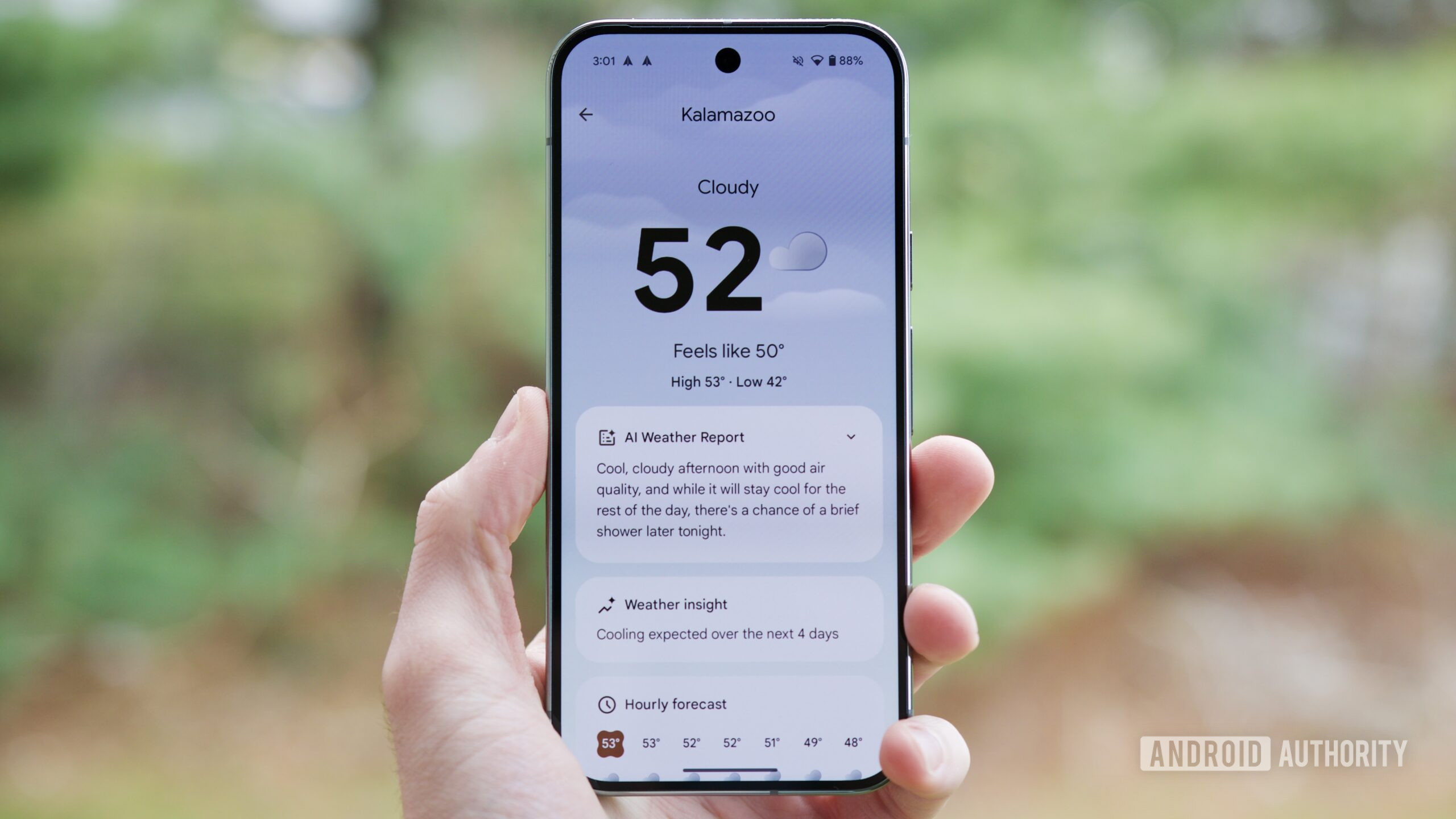
Joe Maring / Android Authority
I have a confession to make: I’m a sucker for weather apps. I like major apps like AccuWeather and The Weather Channel, as well as smaller third-party ones like Hello Weather and Today Weather. Part of it’s due to living in Michigan and having so many different conditions to deal with throughout the year, and another part is because I’m just a nerd for trying new Android apps.
Given all this, you can imagine my excitement when Google launched its new Pixel Weather app alongside the Pixel 9 series last year. We’ve seen phone brands like Samsung, OnePlus, and others create weather apps specific to their devices, but they’re often never very good — and usually less of a full “app” and more just a basic weather UI that sends you to The Weather Channel’s website if you want to see any real data.
Pixel Weather, meanwhile, isn’t that at all. It’s a feature-rich, highly customizable, and incredibly well-designed weather app that’s quickly become one of my all-time favorites. There’s just one problem with it. I can only use Pixel Weather on Pixel phones, and it’s time that changes.
Do you think Pixel Weather should be available for all Android phones?
27 votes
Pixel Weather is everything a weather app should be
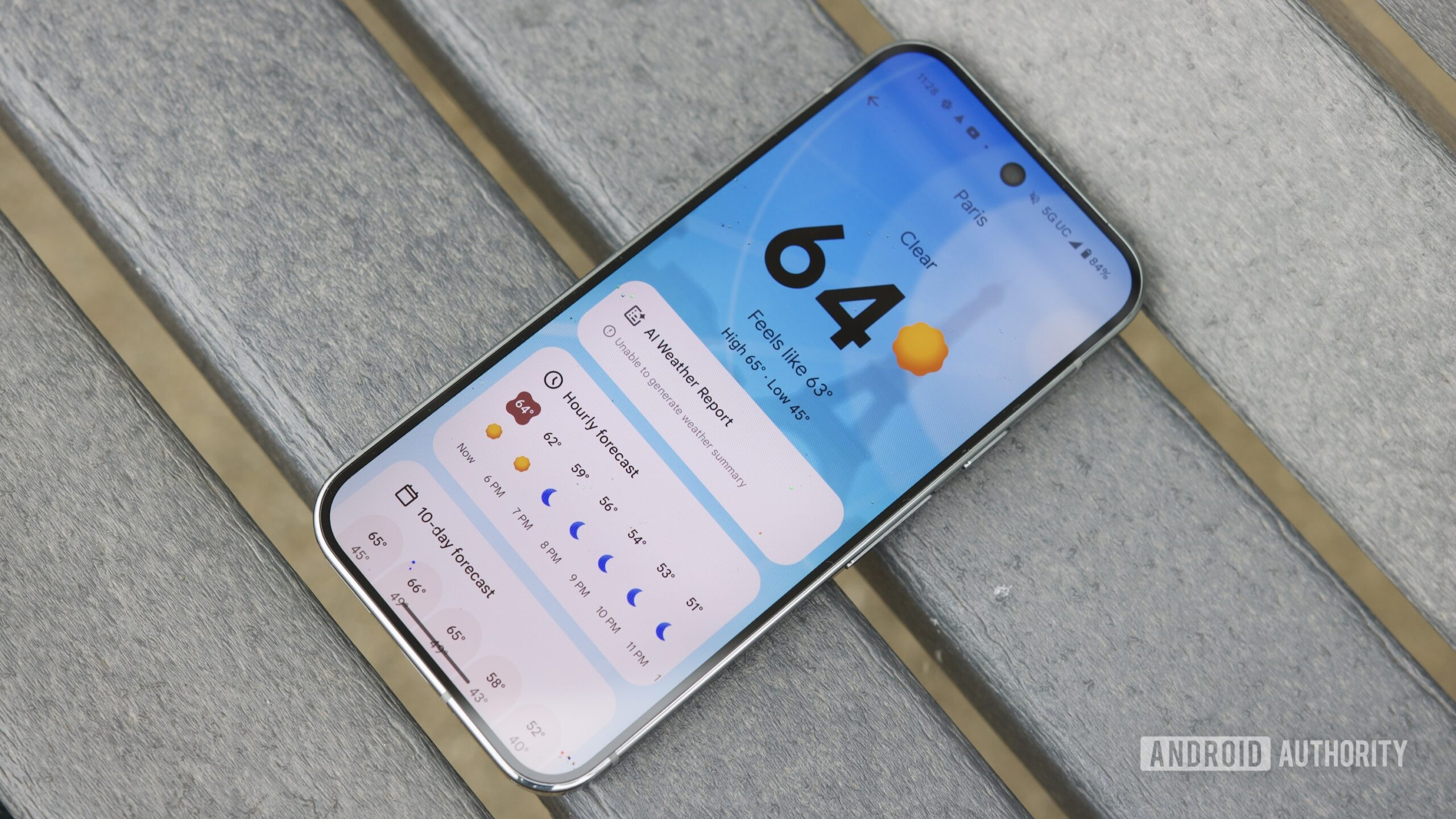
Joe Maring / Android Authority
What is it about Pixel Weather that makes it so good? For me, it’s a combination of a few things, starting with the sheer amount of available data. Basic information, such as an hourly forecast, a 10-day forecast, and upcoming precipitation, are here. But, like any good weather app, there’s a boatload of other info, too — including the sunrise/sunset times, humidity, visibility, air quality, UV index, and more.
I especially like how in-depth Pixel Weather lets you dig into these things. The sunrise/sunset menu, for example, breaks down specific times for dawn, sunrise, sunset, and dusk — paired with a live illustration of the sun’s current position. Dig into the wind page, and there’s a helpful graph showing how fast wind speeds are for the coming hours, plus which direction they’re blowing in. As someone who likes looking at the nitty gritty data like this — particularly during spring storm season right now — it’s a treasure trove of info.
Comparatively, for those times when I don’t want to parse through mountains of data, I quite like the AI Weather Report and Weather Insight features, both of which summarize key weather details at a glance. I think the AI branding is silly, but having a brief, written summary of the weather ahead is a nice, helpful touch.
Beyond the data, Google just nailed the overall UI and design for Pixel Weather. Between the big and bold temperature at the top of the app, the whimsical shapes/colors for the various weather info, and the themed weather animations in the background, all of it gives the app a fun, lighthearted feel. Pixel Weather is also the only weather app I’ve used that vibrates my phone to mimic rain, snow, and thunderstorms, and it feels like magic whenever it happens. The included home screen widgets are excellent, too.
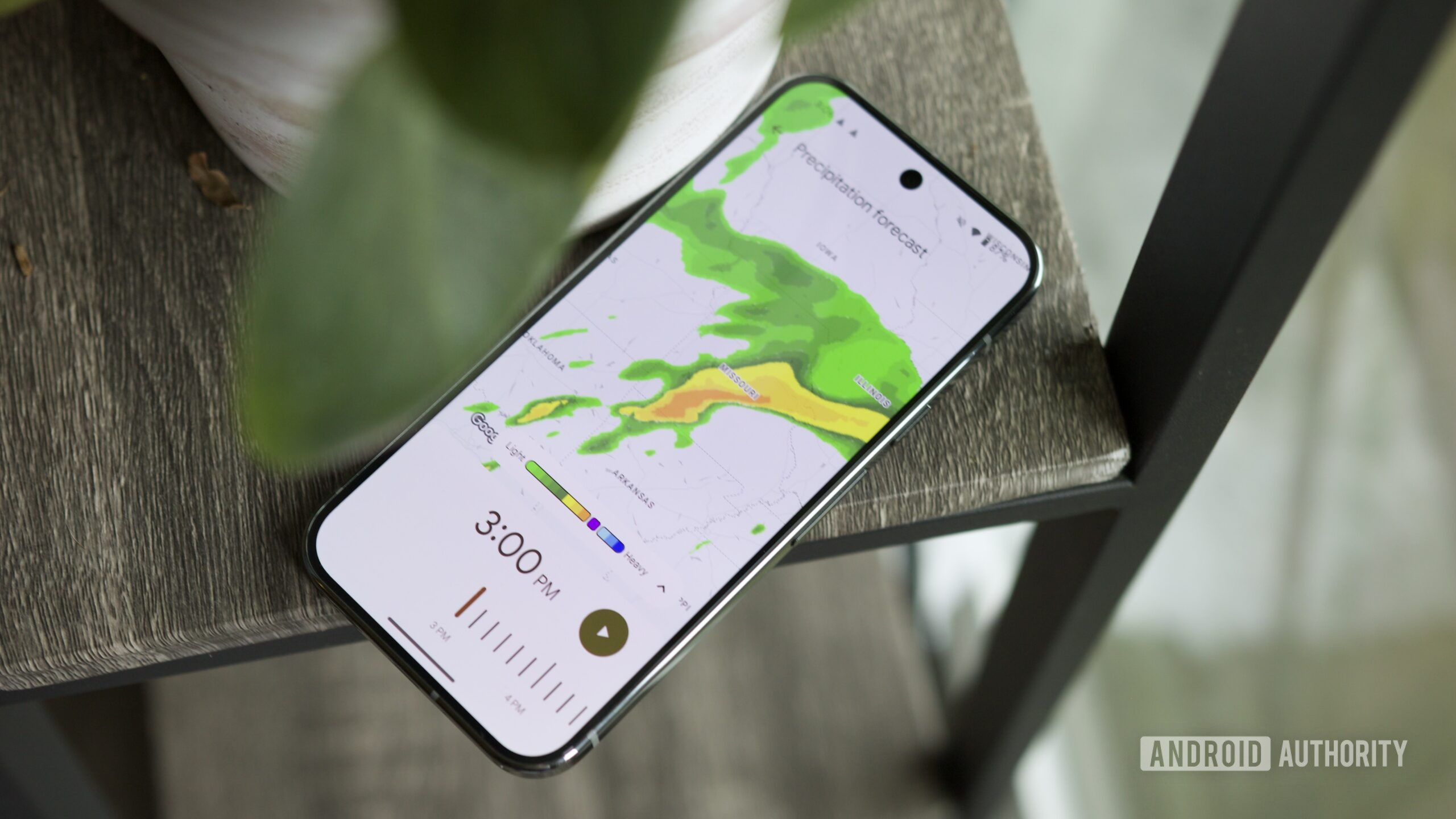
Joe Maring / Android Authority
Finally, just as you’d expect from an app designed with Android users in mind, Pixel Weather has fantastic customization. You can customize and reorder the position of almost all the tiles/widgets in the app. If the 10-day forecast is important to you, you can put that near the very top of the app. If you don’t particularly care about the weather map, you can move it to the bottom. This lets you arrange Pixel Weather to look and feel exactly how you want it, and as a customization nut, I love it.
Of all the weather apps I’ve tried over the years, Pixel Weather stands out as one of my favorites.
Of all the weather apps I’ve tried over the years, Pixel Weather stands out as one of my favorites. It’s loaded with data, pleasing to look at, fully customizable, and isn’t hampered by ads or extra fluff like news articles or videos. It checks all the boxes for what I want in a weather app.
The only problem, as mentioned above, is that it’s currently exclusive to the last few generations of Pixel phones. Unique software features are what make Pixel phones so compelling in the first place, but in the case of Pixel Weather, Google can (and should) turn it into the face of weather for all Android phones.
The default weather app Android deserves
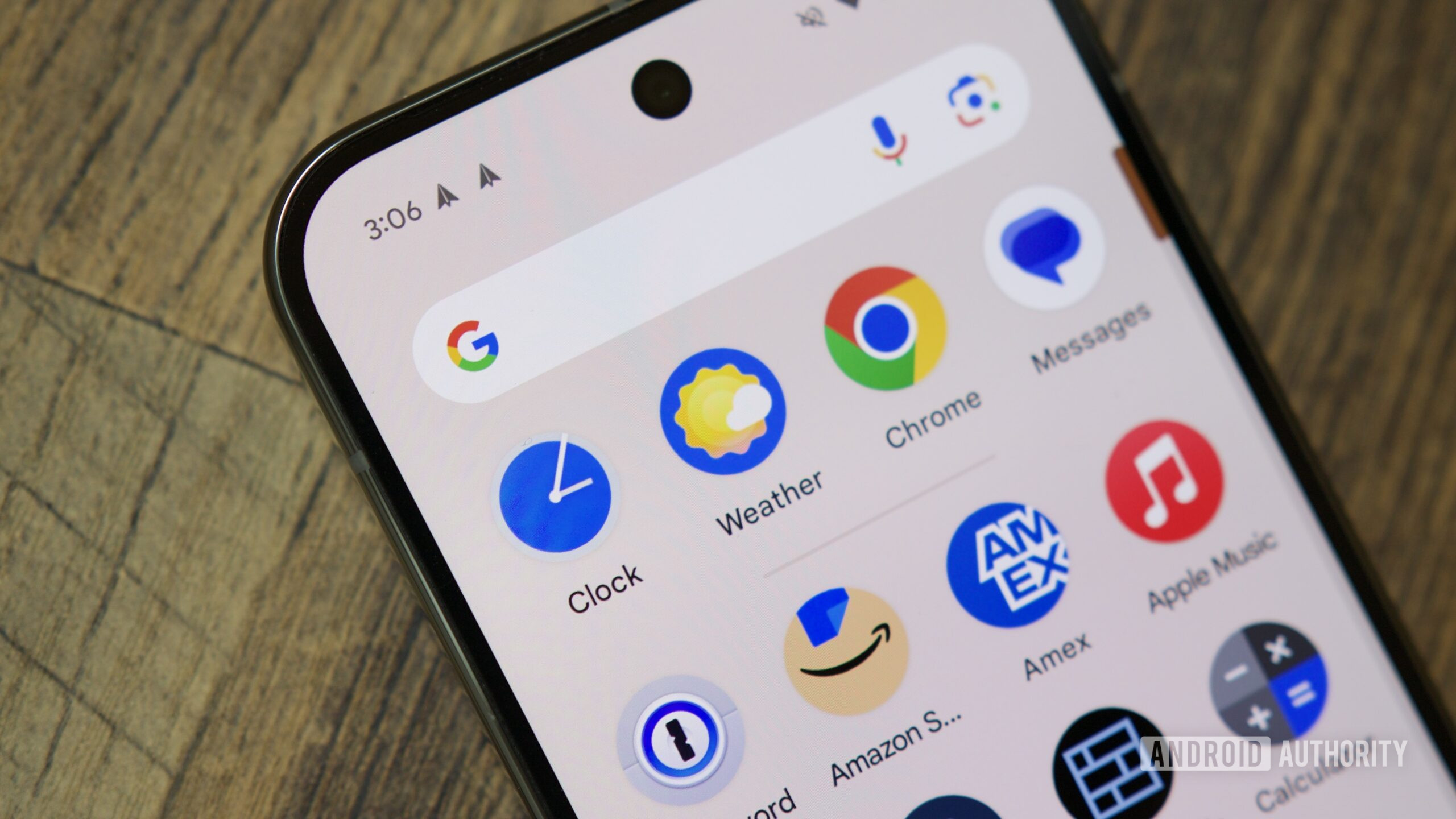
Joe Maring / Android Authority
As it currently stands, Android doesn’t have a de facto weather app for all devices. Samsung phones have Samsung Weather, while OnePlus phones have OnePlus Weather, but neither is particularly good. The closest thing we have is the weather UI that’s part of the Google app, and while it’s fine, it’s just a parred-down version of Pixel Weather — featuring similar design elements but less granular data and missing customization options.
Similar to how Google has its Phone, Messages, and Clock apps available on the Play Store for everyone, Google should really do the same with Pixel Weather. It doesn’t need to be installed on every Android phone by default, but it should be available in the Play Store as an option to download for anyone who wants it. Just like your texting or alarm app, checking the weather is one of the most basic functions of your phone. All Android users — not just Pixel owners — deserve a high-quality, go-to weather app.
If/when this happens, I’m all for Google keeping some features exclusive to Pixel phones. AI Summaries can stay limited to modern Pixels (and likely need to for technical reasons), plus more advanced features like the pollen count card and weather vibrations could remain only on Pixels, too. Google designed Pixel Weather with Pixel phones in mind, so it only makes sense that some of its more advanced features should stay with its own phones.
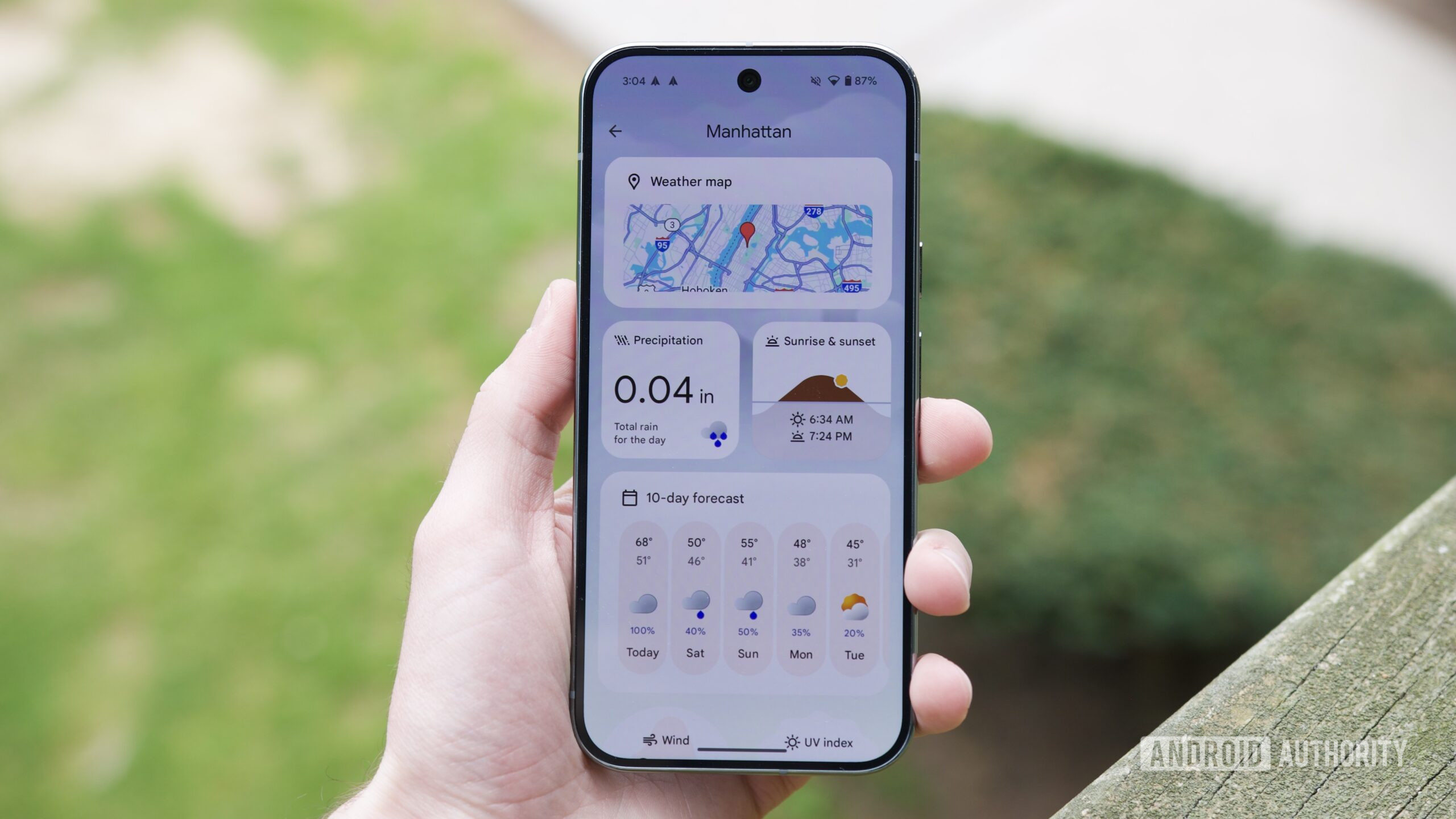
Joe Maring / Android Authority
But beyond that, there’s no reason the core Pixel Weather app shouldn’t be available to all other Android phones. If you’re OK fiddling with APKs and sideloading, you can easily get Pixel Weather on non-Pixels already; Google just hasn’t taken that extra step of putting it on the Play Store for the masses.


 Viesearch - The Human-curated Search Engine
Blogarama - Blog Directory
Web Directory gma
Directory Master
http://tech.ellysdirectory.com
8e3055d3-6131-49a1-9717-82ccecc4bb7a
Viesearch - The Human-curated Search Engine
Blogarama - Blog Directory
Web Directory gma
Directory Master
http://tech.ellysdirectory.com
8e3055d3-6131-49a1-9717-82ccecc4bb7a